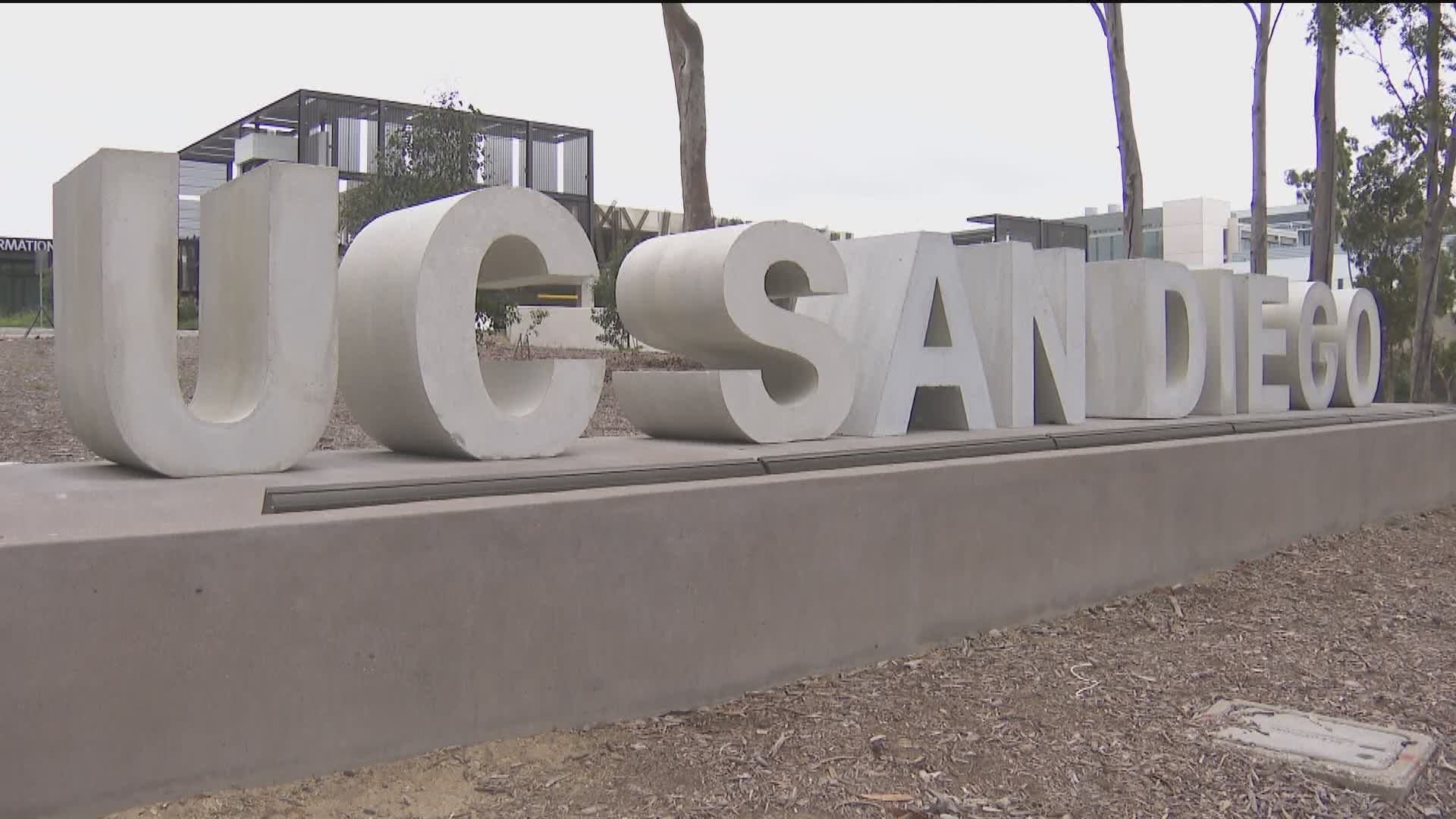SAN DIEGO — UC San Diego on Monday began its Return to Learn program which will allow mass testing of thousands of students, faculty, and staff on campus on a recurring basis for COVID-19.
According to the university, the initial phase of the program will begin with the 5,000 students currently living on campus. If successful, it could be subsequently expanded to the rest of the UC San Diego community.
The new program includes plans for exposure notification and isolation housing for on-campus resident students who test positive for the virus. UC San Diego hopes the program will allow it to resume in-person activities when fall classes begin in the fall.
UCSD Professor of Medicine, Dr. Robert T. Schooley talked to News 8 on Monday about UC San Diego’s Return to Learn program.
"We hope we can come back this fall. One of the things we have to do as a country is make sure we don't have a raging epidemic in the fall that will keep us all home, but if we get to a point that we can come back want to be able to operate as safely as we can," Schooley said.
How the UC San Diego Return to Learn Program works
In the initial phase, self-administered, nasal swab-based COVID-19 tests will be made available to the more than 5,000 undergraduate and graduate students who continue to reside on the UC San Diego campus.
The program team will also look for signs of the coronavirus in residential wastewater and surface collections.
Once enrolled, a participant will go to one of several designated sites on campus to pick up a clean nasal swab in a specimen collection container. Using a downloaded barcode-reader app on a smart phone, the participant will scan the unique barcode on the container, linking their cell phone number to the specimen and generating a time stamp.
The participant will then swab the inside of their own nose, drop the swab in the container and leave it in a collection box to be picked up by program coordinators.
The swabs will be tested for the novel coronavirus, SARS-CoV-2, at the Center for Advanced Laboratory Medicine at UC San Diego Health.
The initial phase of the program will allow the team to optimize operations so that, if successful, the program might be broadly expanded to potentially test all UC San Diego students, faculty and staff, approximately 65,000 people, on a monthly basis, beginning as early as September or soon thereafter.
The data collected about the virus is expected to inform an epidemiological model that reflects UC San Diego, its facilities, housing configurations, and the way people move and interact around the campus.
This knowledge may help university leaders better understand how to most effectively detect cases early, mitigate transmission risk, and guide key decisions regarding housing, class sizes and classroom configurations.
What happens if coronavirus is detected
Any participant who tests positive for SARS-CoV-2 will be notified and advised to seek medical care. The program’s Case Finding and Contact Tracing team, led by Anderson, will also try to identify and notify persons with whom the infected person may have had close contact in previous days — an effort known as exposure notification. In accordance with federal and state regulations, San Diego County Public Health will be notified about positive cases.
UC San Diego’s Student Health Services and UC San Diego Health are the first in the University of California system to share an integrated electronic medical record system, which is expected to help streamline test ordering, notification, and patient care.
Participant privacy is a priority. Only medical professionals and public health officials who need to know the identity of those who test positive for SARS-CoV-2 will have access to identifying information. Otherwise, specimens and records will be managed by barcode and an associated alphanumeric code, and only aggregate data without identifying information will be made available to researchers monitoring the presence or absence of the virus on campus.
For more student and campus information, visit: coronavirus.ucsd.edu

